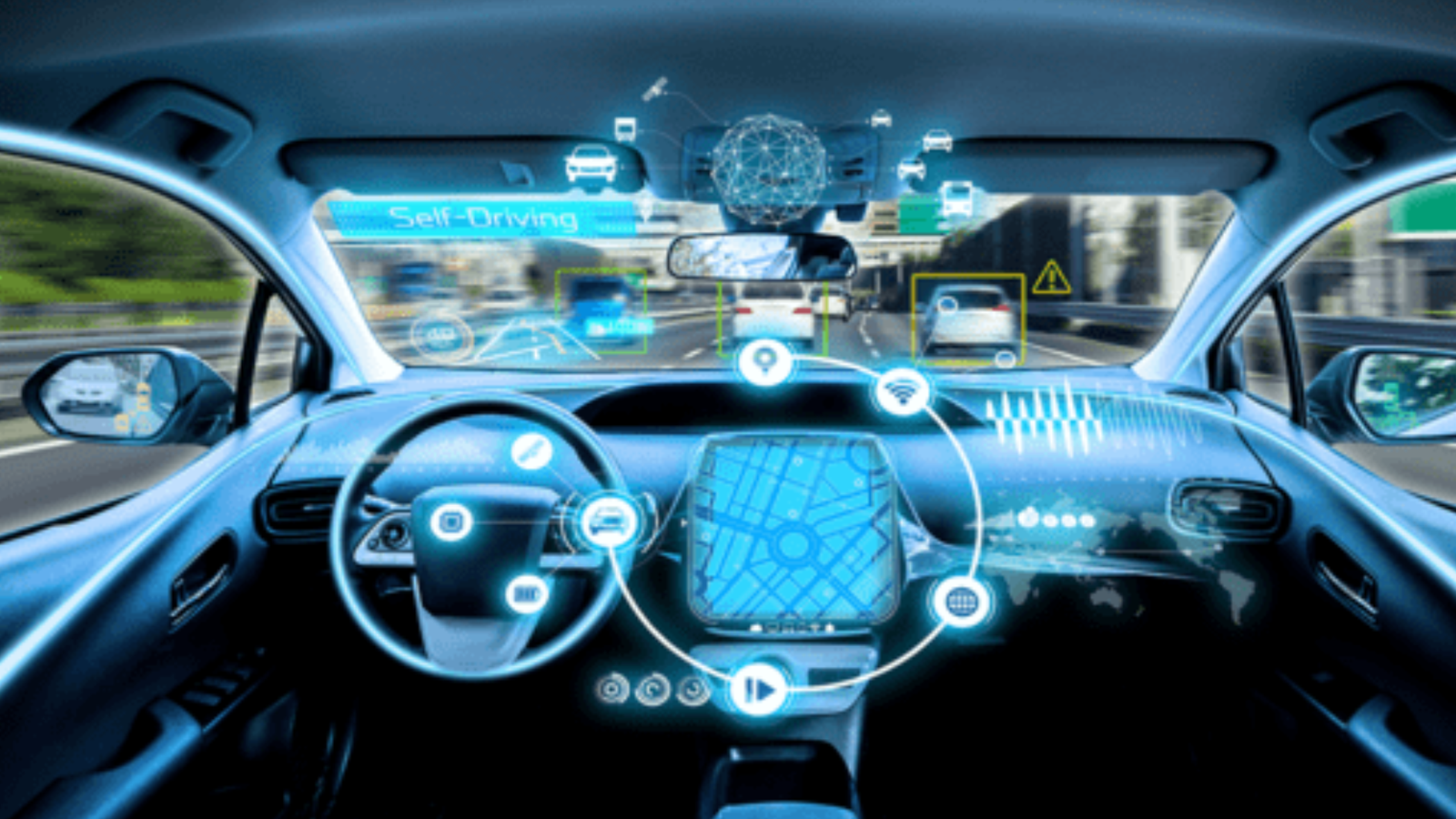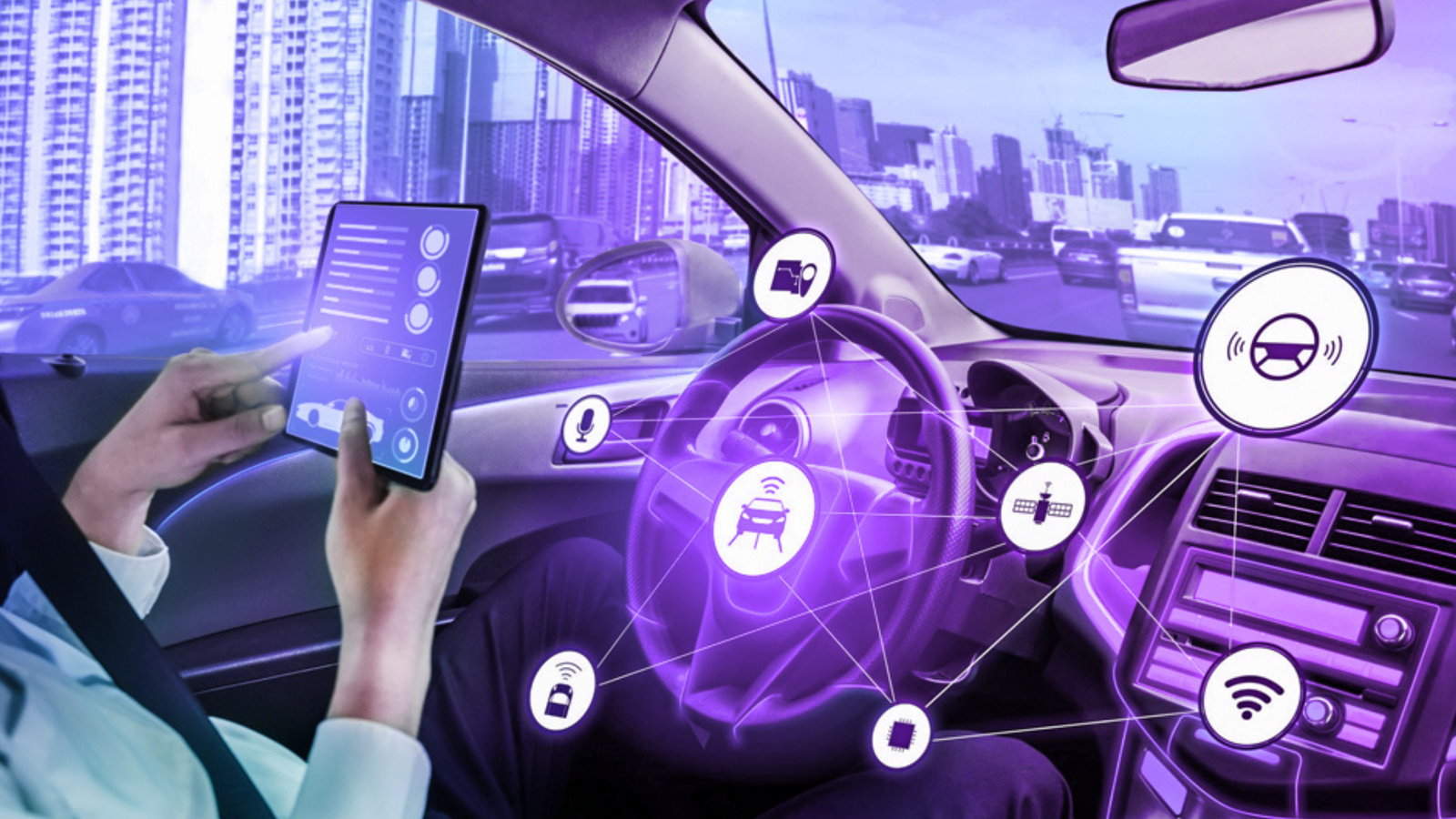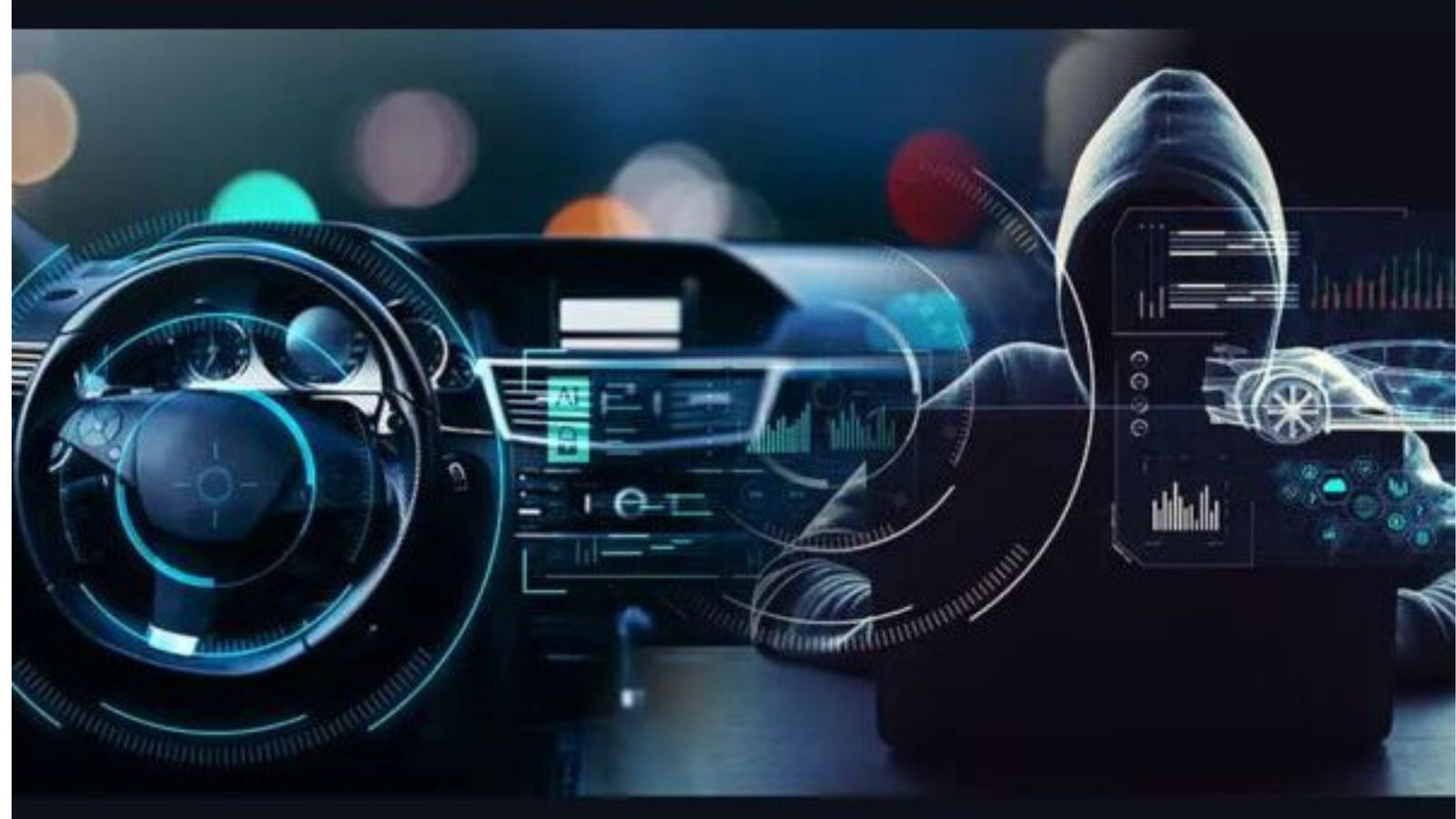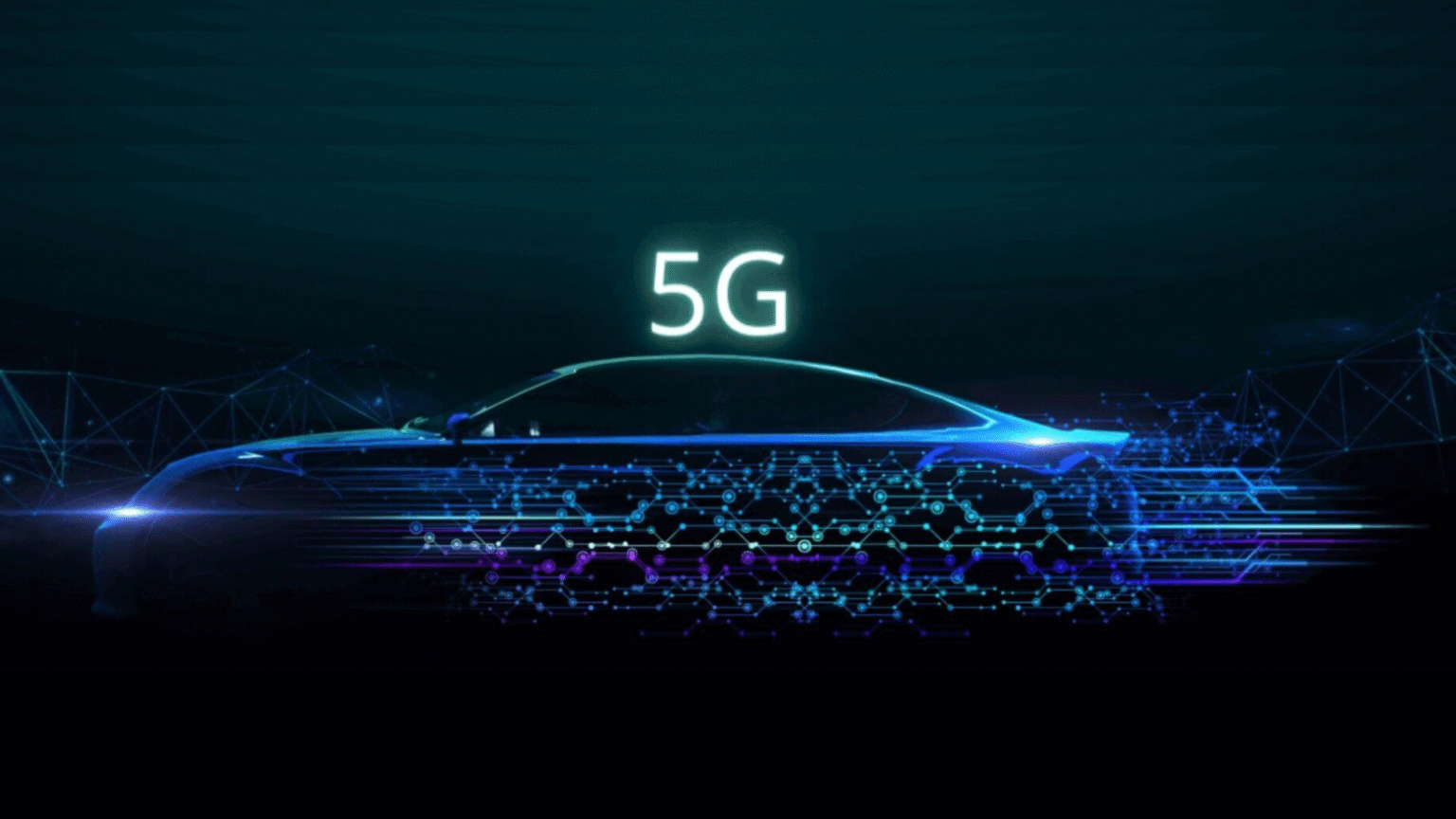In the ever-evolving world of automotive technology, a new driving force has emerged — 5G Powering Connected Cars. As we steer into 2025, 5G connectivity is no longer a futuristic concept but a fundamental pillar of how modern vehicles communicate, navigate, and operate. This ultra-fast wireless network is redefining how we interact with our cars, our roads, and each other.
Whether it’s autonomous vehicles, real-time navigation, over-the-air (OTA) updates, or vehicle-to-everything (V2X) communication, the role of 5G Powering Connected Cars is undeniable. This blog will explore how 5G is transforming the driving experience, enhancing safety, improving efficiency, and supporting the infrastructure of future smart cities.

Table of Contents
-
Introduction: The Evolution of Car Connectivity
-
What is 5G?
-
The Role of 5G Powering Connected Cars
-
Key Applications of 5G in the Automotive Industry
-
Top 5G-Enabled Cars in 2025 (with Feature Table)
-
Benefits of 5G in Connected Cars
-
Challenges to Implementation
-
The Road Ahead
-
Final Thoughts
1. Introduction: The Evolution of Car Connectivity
From Bluetooth-enabled infotainment systems to advanced driver assistance systems (ADAS), vehicle technology has come a long way. But nothing is as transformative as 5G Powering Connected Cars. Unlike previous generations of cellular networks, 5G offers lower latency, higher bandwidth, and real-time data transmission — all critical for safe, smart driving.
2. What is 5G?
5G stands for the fifth generation of wireless communication networks. With speeds up to 100 times faster than 4G LTE and latency reduced to under 1 millisecond, 5G is engineered to handle massive data loads. This technological leap is the backbone of 5G Powering Connected Cars, enabling vehicles to operate with unprecedented levels of intelligence and responsiveness.
3. The Role of 5G Powering Connected Cars
The impact of 5G Powering Connected Cars goes beyond just faster internet. It facilitates real-time communication between cars (V2V), infrastructure (V2I), pedestrians (V2P), and networks (V2N). This ecosystem, known as V2X communication, lays the groundwork for fully autonomous transportation and smart traffic systems.
From streaming high-definition media to detecting a stalled vehicle miles ahead, 5G Powering Connected Cars makes it all possible — instantly, securely, and reliably.
4. Key Applications of 5G in the Automotive Industry
a) Autonomous Driving
Self-driving cars rely on precise, up-to-the-millisecond data. 5G enables them to react faster than humans, making decisions based on traffic, weather, and road hazards in real-time.
b) Vehicle-to-Everything (V2X) Communication
With 5G Powering Connected Cars, vehicles can communicate with traffic lights, other cars, pedestrians, and city infrastructure to optimize traffic flow and reduce accidents.
c) Remote Driving
In some scenarios, a human can take over the controls remotely — a use-case only made possible with 5G’s ultra-low latency.
d) Real-Time Navigation and Traffic Updates
Traditional GPS updates in minutes. With 5G, your vehicle can respond to traffic conditions instantly, rerouting to save time and fuel.
e) Over-the-Air (OTA) Software Updates
Manufacturers can update vehicle software remotely without service visits — fixing bugs, adding features, or upgrading performance securely through 5G Powering Connected Cars.
f) Infotainment and Streaming
5G supports high-speed streaming, gaming, and immersive entertainment for passengers with zero buffering — making long drives enjoyable.
5. Top 5G-Enabled Cars in 2025
Here’s a breakdown of the most advanced vehicles leveraging 5G Powering Connected Cars, including pricing and features:
| Model | 5G Features | Price (USD) |
|---|---|---|
| Tesla Model S | V2X, OTA updates, high-speed connectivity | $94,990 |
| BMW iX | 5G eSIM, ADAS, remote diagnostics | $87,100 |
| Audi A8 2025 | AI-assisted driving, live traffic feedback | $89,900 |
| Mercedes EQS | MBUX Hyperscreen, predictive navigation via 5G | $104,400 |
| Lucid Air | 5G onboard communication, immersive AR entertainment | $99,400 |
These models demonstrate the next frontier of 5G Powering Connected Cars — blending speed, intelligence, and luxury.

6. Benefits of 5G in Connected Cars
a) Reduced Accidents
With split-second decision-making and instant alerts, 5G drastically reduces human error, which accounts for over 90% of car accidents.
b) Improved Traffic Efficiency
Connected cars can share real-time traffic data, reducing congestion and improving road utilization.
c) Eco-Friendly Driving
Route optimization and predictive diagnostics reduce idle time and emissions, supporting green mobility.
d) Enhanced User Experience
Passengers enjoy ultra-fast media, voice control, and AI-driven customization thanks to 5G Powering Connected Cars.
e) Seamless Integration
Cars become part of the broader smart ecosystem, interacting with homes, cities, and even healthcare networks.
7. Challenges to Implementation
While the potential is enormous, there are still hurdles in making 5G Powering Connected Cars a universal reality.
a) Infrastructure Readiness
Many rural and even urban areas lack adequate 5G coverage, limiting the full capabilities of connected vehicles.
b) Data Privacy and Cybersecurity
As cars become data hubs, they also become targets. Ensuring encrypted, secure transmission is crucial.
c) Standardization
With multiple carmakers and telecom providers, establishing common protocols for V2X communication is essential.
d) Cost
The inclusion of 5G hardware and network subscriptions adds to vehicle cost, which may deter budget-conscious buyers.
8. The Road Ahead: What’s Next?
The next few years will witness 5G Powering Connected Cars expanding from luxury to mainstream. Key future developments include:
a) Smart Intersections
Traffic lights and signs that communicate with cars to enhance safety.
b) Platooning
Groups of autonomous vehicles driving closely together to reduce drag and fuel usage — only possible with precise 5G synchronization.
c) Augmented Reality Dashboards
AI and 5G will enable real-time overlays of road hazards, navigation, and weather on windshield HUDs.
d) Mobility-as-a-Service (MaaS)
5G will be key to MaaS platforms where users hail autonomous vehicles via apps and subscriptions rather than owning cars.

9. Final Thoughts
There’s no question that 5G Powering Connected Cars is more than just a technological upgrade — it’s a paradigm shift in mobility. As manufacturers, governments, and telecom companies invest in infrastructure and innovation, we’re heading toward a smarter, safer, and more connected future.
In 2025, the roads are no longer just about rubber meeting asphalt. They’re about cloud-based intelligence, machine learning, and real-time communication all working seamlessly — thanks to 5G Powering Connected Cars.
For drivers, this means better safety, smarter routes, and a more enjoyable in-car experience. For cities, it’s about improved traffic flow, emissions reduction, and data-driven infrastructure planning. And for automakers, it’s an arms race to redefine what’s possible inside your vehicle.

